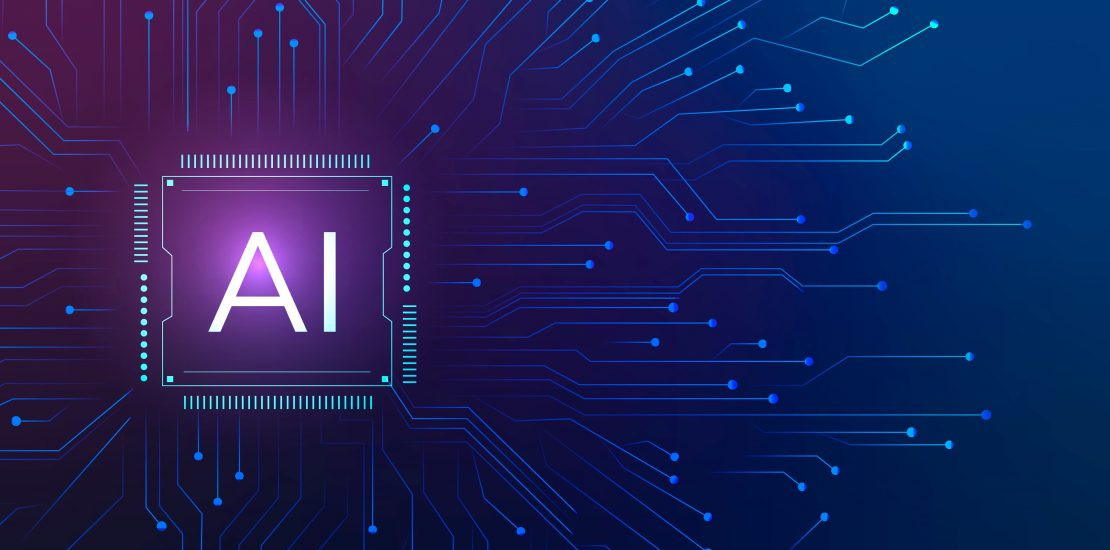An Overview:
Generative AI uses machine learning algorithms to create new and original content, such as images, music, and text. Generative AI can transform many aspects of business, including content creation, product development, and customer experience.
For the testing purpose, we asked OpenAI’s ChatGPT to generate an opening paragraph for an article on the “Impact of Generative AI on Businesses”, and we received the following response:
“Generative AI is transforming how businesses operate, with its potential to automate and streamline processes, create personalised customer experiences, and drive innovation. As this technology advances, it is becoming increasingly clear that generative AI will significantly impact businesses and the broader economy.”
This seems very impressive, showcasing the power of Generative AI for content creation. Here are some of the ways generative AI can impact businesses:
-
Content Creation: Generative AI can create original content such as images, videos, music, and text. This can help content creators and marketers produce more content in less time and effort. For example, a news organisation can use generative AI to create news stories, or an e-commerce business can use generative AI to create product descriptions.
-
Product Design and Development: Generative AI can be used to design and optimise products, especially in architecture, fashion, and industrial design. For example, an architect can use generative AI to create different building designs based on various parameters such as budget, location, and client preferences.
-
Personalised Customer Experience: Generative AI can personalise customer experiences by creating customised recommendations and experiences based on their preferences and behaviours. For example, an e-commerce website can use generative AI to create personalised product recommendations for each customer.
-
Creative Problem Solving: Generative AI can solve complex problems in finance, engineering, and healthcare fields. For example, a financial analyst can use generative AI to generate new investment strategies, or an engineer can use generative AI to optimise the design of a product.
-
Art & Entertainment: Generative AI can create art and entertainment, such as music, movies, and video games. For example, a music composer can use generative AI to create new melodies, or a game developer can use generative AI to create new levels or game scenarios.
Myths and Misconceptions about Generative AI:
Generative AI is a rapidly evolving field that many still need to understand fully. As a result, there are several myths and misconceptions about generative AI, as follows:
-
Generative AI can replace human creativity: While generative AI can create new and original content, it is still a tool that is designed to augment human creativity, not replace it. Human creativity and intuition are essential for developing and refining generative AI models. Human intelligence sometimes must generate actionable insights and recommendations to achieve desired solutions.
-
Generative AI is fully autonomous: While generative AI models can operate with minimal human supervision, they still require human guidance and input to produce high-quality results. Human experts must train, test, and optimise generative AI models.
-
Generative AI can produce perfect results: While generative AI can produce high-quality content, it is not infallible. Generative AI models can produce errors and inconsistencies, and their output is only as good as the data and algorithms they are trained on.
-
Generative AI can create new content: While generative AI can produce new and original content, it still relies on existing data and patterns to generate its output. Generative AI models are not capable of creating completely novel ideas or concepts. Irrespective of users’ objectives, these models produce standard output which might be used by a company’s competitors too.
-
Generative AI is only useful for creative fields: While generative AI is well-suited for creative tasks such as content creation and art, it has many applications in other fields, such as finance, healthcare, and engineering.
Potential Use Cases of Generative AI across Business Functions:
Generative AI use cases across the business could create an early impact. Some key use cases across business functions are:
- Sales & Marketing: Creating social media content, product user guide, and datasheets; Analysing customer feedback; Improving responses to customer queries, etc.
- Human Resources: Creating interview questions; Automating onboarding activities; Checking candidate assessments, etc.
- Operations: Resolving questions about the product; identifying errors; Analysing product testing results, etc.
- IT & Engineering: Writing codes and documentation; Generating data tables automatically, etc.
- Risk & Legal: Drafting and reviewing legal documents; Summarising lengthy and complicated documents; Tracking and monitoring patents, etc.
- Employee Optimisation: Automating email responses; Creating business presentations; Optimising learning & development; Managing documents efficiently, etc.
Generative AI has many potential use cases, and its applications are still being explored in various industries. As generative AI develops, it will likely be used in many new and innovative ways. As a result, businesses that implement generative AI can gain a competitive advantage in their industry.






